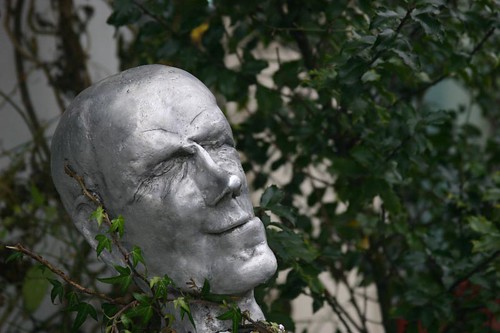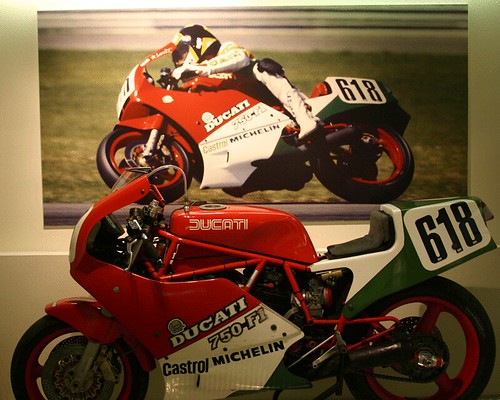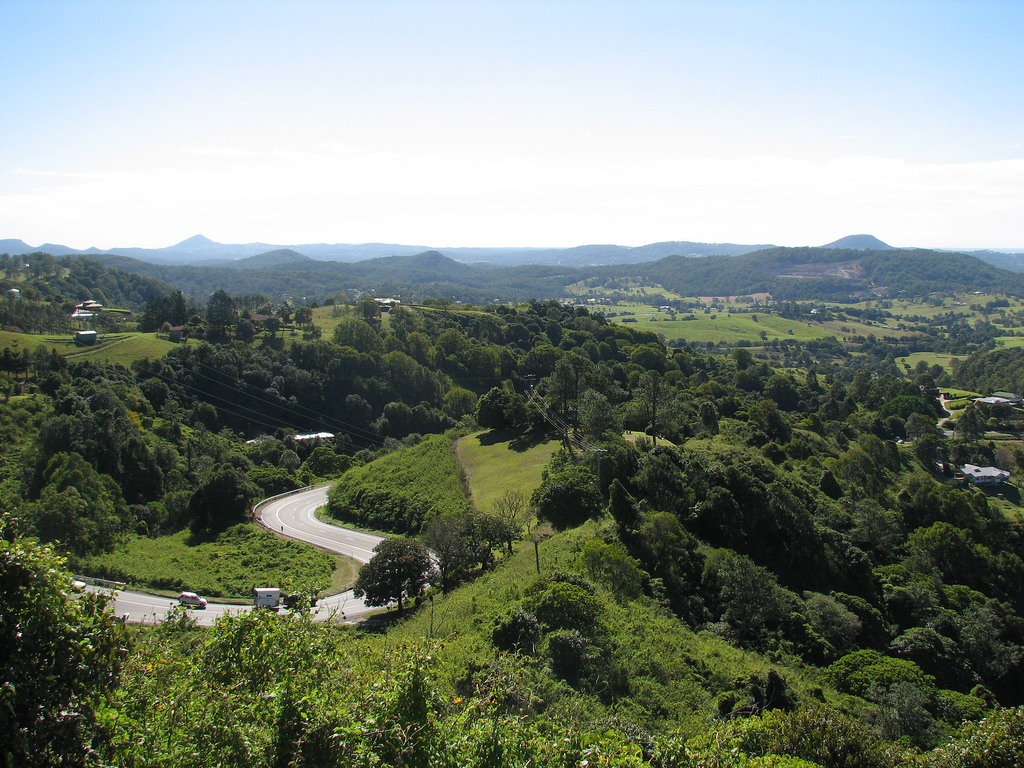How many souvenir knick-knacks are gathering dust in your closet? Probably more than you want to admit, and all too chintzy to display proudly. Impulse purchases to remember the journey rarely remain on display, so consider an alternative purchase. Instead of the plastic Eiffel Tower, buy local artwork that you will be proud to show your friends and evokes the memories of your adventure.
Do your Research
There are dozens of artists churning out pictures for you in every major tourist destination but to find something unique and interesting you need to find the local art scene. For example, a young vibrant art scene is blossoming in the dreary buildings of eastern Berlin that I would never had found without some prior knowledge or contacts.
Establish a Budget
Using your accommodation money to buy a painting from an emerging artist is unlikely to lead you into a great travel experience (although it might prove profitable one day). Establish a total budget and a per object limit for multiple purchases.
You have to Love It
Visit as many galleries and artist studios as you can fit into your schedule. Note the artists and objects you like so you can research them further before you purchase.
Look for an artist that is producing consistent quality and style over time but their body of work should not look like handmade Xeroxes of the same scenes (this is what you get in the tourist traps). Avoid the cliché scenes, and look for objects that evoke a memory or emotion you associate with the destination.
Unless the art evokes a strong emotion in you, it is destined to the same fate as that plastic knick-knack.
A sculpture I found in Berlin
Documentation
Reputable galleries normally provide you documentation to verify the authenticity of the object you purchased including a biography of the artist.
Shipping
Depending on the size and value of the object, the best way to get it home is for the gallery to ship it for you. Some buyers worry about galleries substituting objects with lesser quality items but if you distrust a gallery I’d reconsider your purchase.





